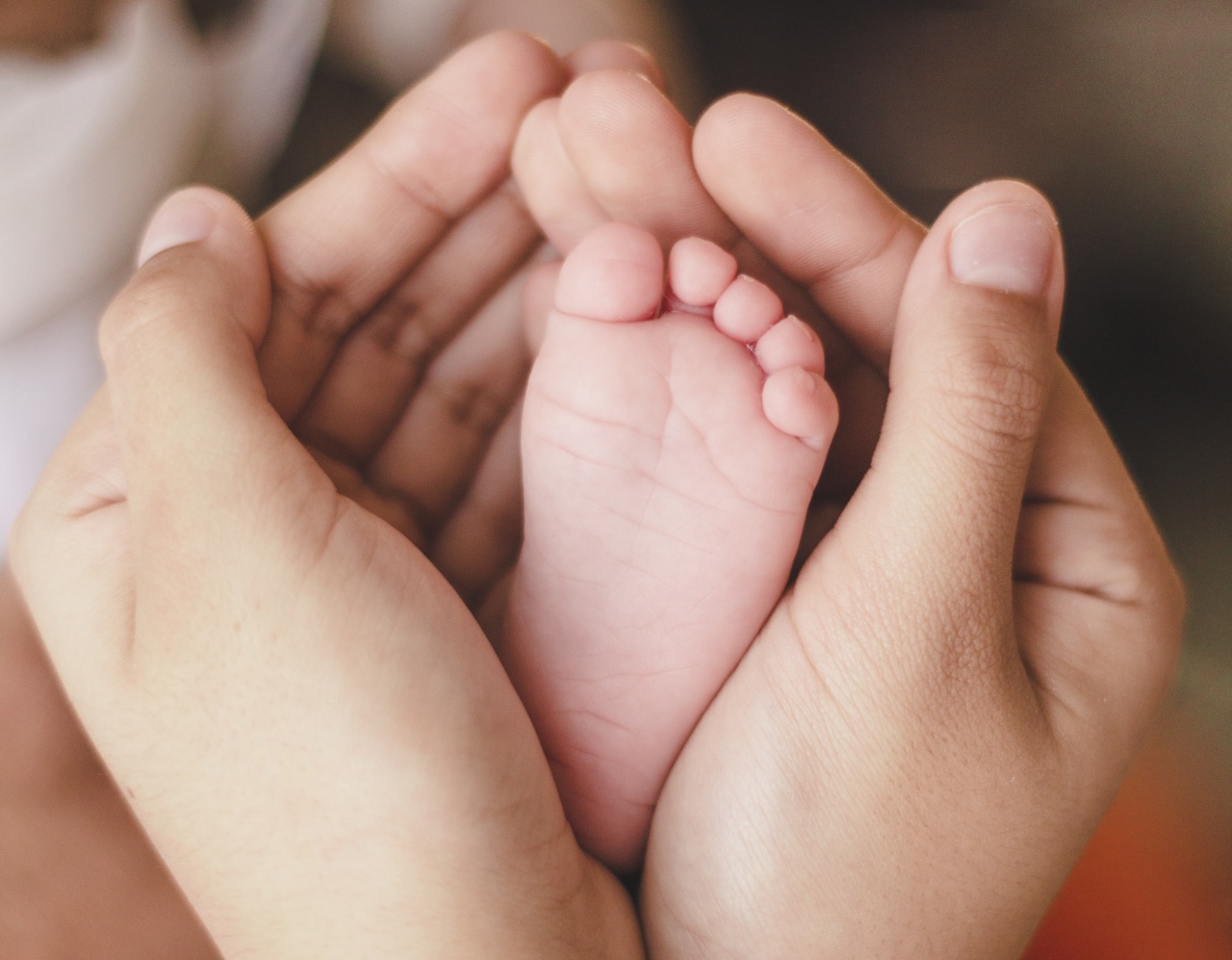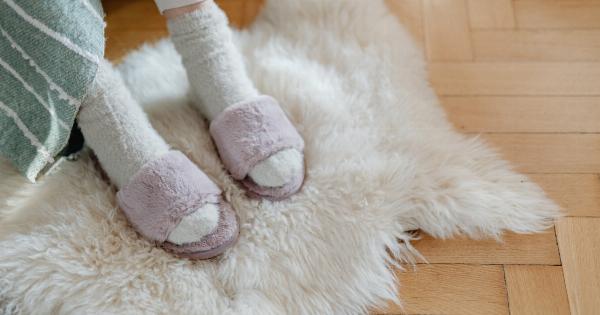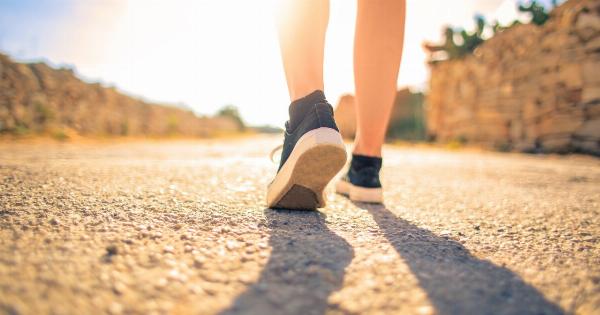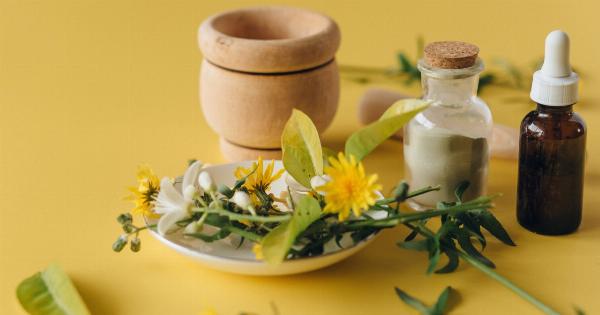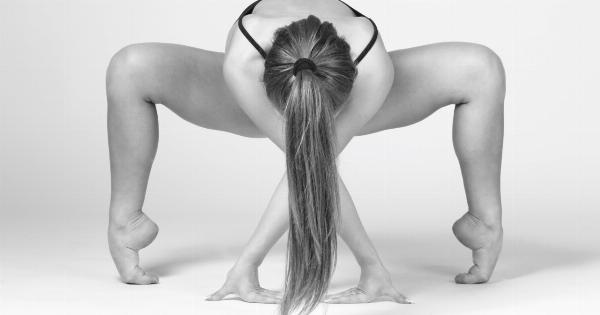Proper foot care is vital for maintaining healthy and happy feet. Ignoring foot hygiene can lead to the development of various sole diseases, which can cause discomfort and pain.
In this article, we will discuss common foot conditions and provide tips on how to prevent them, ensuring optimal foot health.
Athlete’s Foot:
Athlete’s foot, also known as tinea pedis, is a contagious fungal infection that commonly affects the soles of the feet. It causes itchiness, redness, and scaling. To prevent athlete’s foot:.
- Keep your feet clean and dry, especially between the toes.
- Wear moisture-wicking socks and change them daily.
- Avoid walking barefoot in public places, such as locker rooms and swimming pools.
- Use antifungal sprays or powders to reduce the risk of infection.
Plantar Fasciitis:
Plantar fasciitis is a condition characterized by inflammation of the plantar fascia, a thick band of tissue running across the bottom of the foot. It causes intense heel pain and can make walking difficult. To avoid plantar fasciitis:.
- Wear supportive shoes with proper arch support.
- Avoid prolonged periods of standing or walking on hard surfaces.
- Stretch your calves and feet regularly to maintain flexibility.
- Avoid sudden increases in physical activity that may strain the plantar fascia.
Ingrown Toenails:
Ingrown toenails occur when the edge of a toenail grows into the surrounding skin, causing pain, redness, and swelling. These can be avoided by:.
- Cutting nails straight across and avoiding rounding the edges.
- Wearing properly fitting footwear that provides enough room for your toes.
- Avoiding picking or tearing at the nails, as this can lead to ingrown toenails.
- Keeping your feet clean and dry to prevent infection.
Bunions:
A bunion is a bony bump that forms at the base of the big toe. It can be painful and cause the big toe to angle towards the other toes. To prevent bunions:.
- Wear shoes with a wide toe box to allow enough space for your toes to move.
- Avoid high-heeled or narrow-toed shoes that can compress the toes.
- Use protective padding or orthotic devices to reduce pressure on the bunion.
- Perform foot exercises to strengthen the muscles and improve alignment.
Corns and Calluses:
Corns and calluses are thickened areas of skin that develop due to friction or pressure. They usually occur on the soles of the feet and can be painful. To prevent corns and calluses:.
- Wear properly fitting shoes that don’t rub against your feet.
- Use cushioning pads or insoles to distribute pressure away from problem areas.
- Moisturize your feet regularly to keep the skin supple.
- Avoid excessive friction or pressure on the feet.
Diabetic Foot Care:
Individuals with diabetes need to pay special attention to foot care, as they are prone to developing complications such as neuropathy and poor circulation. To maintain good diabetic foot care:.
- Inspect your feet daily for any changes or signs of infection.
- Wash your feet daily with lukewarm water and mild soap, avoiding hot water.
- Dry your feet thoroughly, especially between the toes, to prevent fungal infections.
- Moisturize your feet, excluding between the toes.
- Wear comfortable, well-fitting shoes and avoid going barefoot.
- Consult a healthcare professional if you notice any foot problems.
Hammer Toes:
Hammer toes are characterized by an abnormal bend in the joints of the toes, causing them to appear like a hammer. They can be painful and make wearing shoes uncomfortable. To prevent hammer toes:.
- Choose shoes with a roomy toe box to allow your toes to move freely.
- Avoid high-heeled shoes that put excessive pressure on the toes.
- Perform exercises to strengthen the muscles in your feet.
- Consider using toe splints or orthotic devices to realign the toes.
Dry and Cracked Feet:
Dry and cracked feet are a common condition that can be caused by dry air, improper footwear, or lack of moisture. To avoid dry and cracked feet:.
- Moisturize your feet daily with a good-quality foot cream.
- Avoid using harsh soaps, as they can strip away natural oils.
- Exfoliate regularly to remove dead skin cells.
- Wear socks made of breathable materials to help retain moisture.
Heel Spurs:
A heel spur is a bony growth that develops on the heel bone and can cause severe pain. To prevent heel spurs:.
- Wear shoes with good arch support and cushioning to reduce pressure on the heel.
- Avoid excessive running or jumping on hard surfaces.
- Stretch your heel and calf muscles regularly to maintain flexibility.
- Wear orthotic devices or heel cups to provide additional support.
Conclusion:
By following these preventive measures and taking proper care of your feet, you can significantly reduce the risk of developing common sole diseases. Practice good foot hygiene, wear appropriate footwear, and seek medical attention whenever necessary.
Remember, healthy feet are crucial for maintaining an active and comfortable lifestyle.
